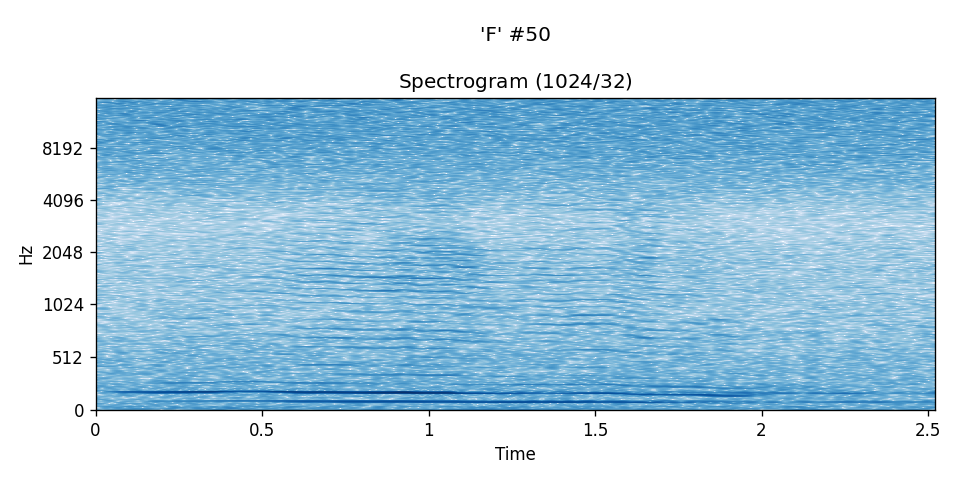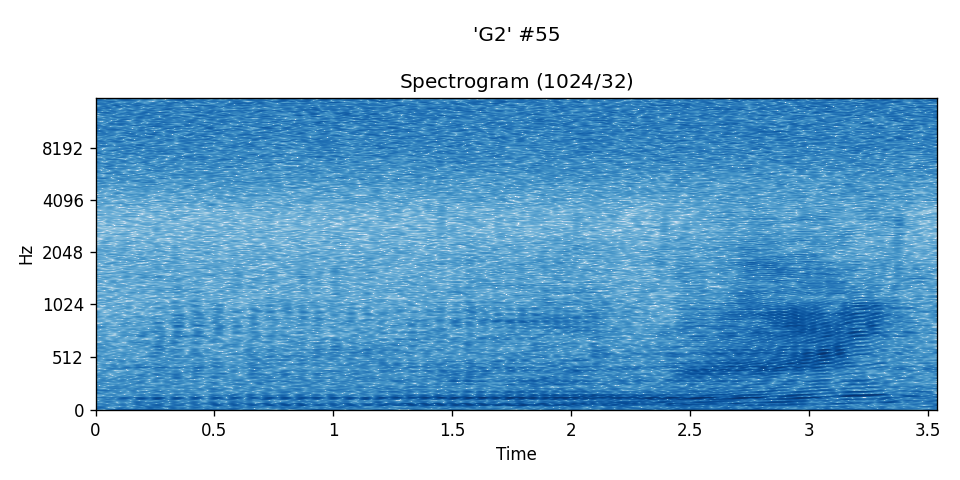Methods and Dataset¶
Methods¶
- Feature Extraction:
- Linear Predictive Coding
- Clustering and Vector Quantization
- Classification:
- VQ Distortion
- Naive Bayes
- Markov Chain Model
- Discrete Hidden Markov Model
Dataset¶
- Sound recordings acquired through the Monterey Accelerated Research System (MARS) cabled observatory [1]
- A 4.5-hour continuous and clear recording of one song session from 21 December 2016
- One singing whale, variable noise background due to changes in wind speed
- 256 kHz recording decimated to 16KHz sampling rate
- 5470 song units manually identified, segmented, and labelled in 22 different classes
- Constrained to classes having at least 200 instances
- This resulted in a total of 4539 instances across eight classes as follows:
A : 512Bm : 608C : 550E : 713F : 340G2 : 307I3 : 324II : 1185
- Each class instance set was randomly partitioned into:
- 50% for training
- 50% for testing
Some prototypical song units¶
A DFT of window size 1024 and offset 32 was used in each of the spectrograms below. Time axis is in seconds.
An "A" instance:¶

An "F" instance:¶

A "G2" instance:¶
